Are you concerned about the impact of Facebook’s recent announcement on changes to the news feed?
Wondering how these news feed changes will affect your marketing?
In this article, you’ll find out what to expect from the changes and learn how you can best maintain interaction and visibility with audiences on the Facebook news feed.
Facebook Zero: The Changing News Feed and What Marketers Need to Know by Paul Ramondo on Social Media Examiner.
Why Is The Facebook Zero News Feed Update Important?
Facebook is making significant changes to its news feed algorithm in an effort to prioritize “meaningful” person-to-person interactions among friends and family over posts from Facebook pages. These updates will result in fewer public posts from pages and fewer videos in the news feed.
Facebook’s Head of News Feed Adam Mosseri stated:
“Over the next few months, we’ll be making updates to ranking so people have more opportunities to interact with the people they care about. Mark outlined this in a post today.”
Adam, of course, is referring to Mark Zuckerberg, who said this about the planned updates to the news feed:
“As we roll this out, you’ll see less public content like posts from businesses, brands, and media. And the public content you see more will be held to the same standard – it should encourage meaningful interactions between people.”
This isn’t the greatest news for businesses, especially those that rely on the news feed to generate organic traffic. In an interview with Wired, Mosseri discussed the effect these changes will have on brands and publishers in the future:
“There will be less content directly from (professional) Pages.”
He added:
“There will be less video. Video is an important part of the ecosystem… But it’s more passive in nature. There’s less conversation on videos, particularly public videos.”
Mosseri goes on to explain why the update is so important:
“So what we want to make sure is that anytime we make any major ranking change, we explain it proactively. But we make lots and lots of changes. Most of them are very small in nature with small effects… but those we don’t talk about because they don’t have material effect… this one is bigger than the average tweak. It’s not a tweak.”
What prompted these changes to the news feed? Facebook has publicly acknowledged that passively consuming articles or videos that don’t spark engagement or interaction is bad for a person’s mood.
In a recent interview with Boss Magazine, Social Media Examiner Founder Mike Stelzner shared his thoughts:
“Zuckerberg wants people to feel good about using Facebook. This sentiment most likely comes from how the News Feed evolved during the election, people were tuning it out. There’s a competitive threat from other platforms. But no guy on the planet has more data on these types of interactions. Zuckerberg and his team noticed a pattern change and knew something had to shift.”
#1: What Do These Updates Mean for Facebook Marketers?
As Facebook begins to prioritize content that facilitates meaningful people-to-people connections and interactions, marketers can expect the organic reach of their Facebook pages to drop.
Specifically, users will see more posts from people they’re connected to in the news feed and less content from pages they follow. This is a significant change from the previous values of the news feed, which prioritized the total time spent on Facebook and how many people shared posts directly.
While Facebook still values page content as an important part of their platform’s ecosystem, the news feed will shift the focus from ranking content that’s directly consumed from pages (which will shrink in reach) to content that is shared and talked about among friends (which will grow).
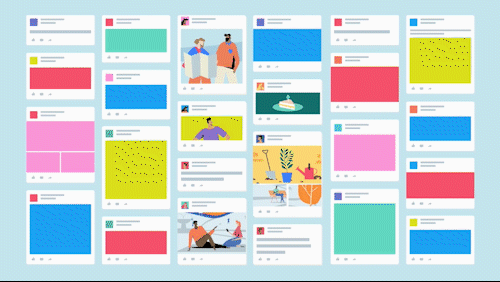
Further, existing ranking factors that determine what gets displayed in the news feed will still affect the total visibility of posts from Facebook pages, as well as the type of content that’s published and how people react to it. You can read more about these ranking factors here.
As previously mentioned, users will also start seeing less video content in the news feed because it typically sparks less conversation, particularly public videos. This is an interesting course correction from Facebook on video distribution since it first became bullish on video in 2012. Zuckerberg has stated in the past, “When done well, video brings us closer together.”
It’s unclear whether these updates will affect Tasty-style 60-second videos or longer uploaded videos, and average watch time.
#2: What Types of Content Will Get More Distribution in the Feed?
Posts that spark and inspire conversations and meaningful interactions among people will be prioritized over public content in the news feed after this update (this aligns with Facebook’s existing news feed values).
Examples include:
- More content from friends and family
- Posts from friends and family that seek advice or recommendations
- News articles or videos that prompt people to discuss and interact
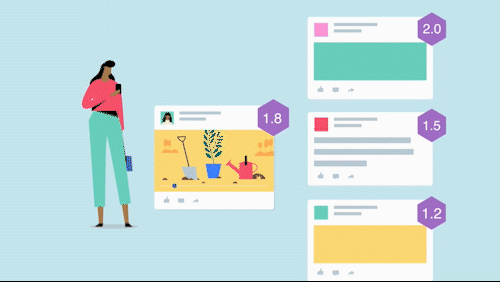
Posts that don’t inspire meaningful conversations or interactions among people will be seen less in the news feed. Engagement-bait tactics that encourage people to comment on posts aren’t considered “meaningful” interaction and pages that use them will continue to be demoted in the news feed.
Here are some other types of content that will rank higher in the feed.
Content From Groups
Facebook groups tend to inspire a lot of meaningful conversation, and communities on Facebook are becoming “increasingly active and vibrant,” according to Mosseri. Therefore, you can expect content and discussions posted to Facebook groups to receive more distribution in the news feed following this update.
Content That Receives Long Comments
In his interview with Wired, Mosseri stated that Facebook will be weighing
“…long comments more than short comments, because we find regularly that if you take the time to actually write a more thoughtful perspective on something that correlates positively with a comment that someone actually would respond to or Like.”
Content That Generates Comments
Mosseri also explains that:
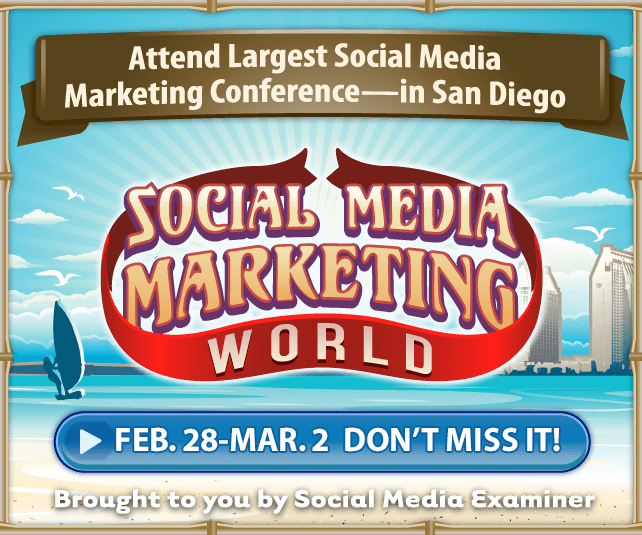
“Comments are more valuable than Likes. Meaning content that inspires comments, specifically, long comments which actually take time and thought to type out will be a positive ranking signal for the algorithm which will lead to increased distribution of the content which sparked the lengthy response.”
He gives an example:
“If you bother to actually take the time to respond to something that I posted, a picture of maybe my two kids. It’s a pain actually to type on a mobile phone. Liking is pretty easy; that’s the whole point of Liking.”
News Content That Friends Share and Talk About
News content that’s shared and talked about among friends will receive some sort of “tailwind” from the changes in the way the news feed prioritizes content. However, Mosseri also notes that:
“…news content that is more directly consumed by users – that they don’t actually talk about or share – will actually receive less distribution as a result.”
#3: How Will Facebook Zero Affect Facebook Ad Costs?
Because the news feed will value higher-quality interactions over a high number of interactions, Facebook expects people will ultimately spend less time on the platform. So will this have an effect on the cost of Facebook ads?
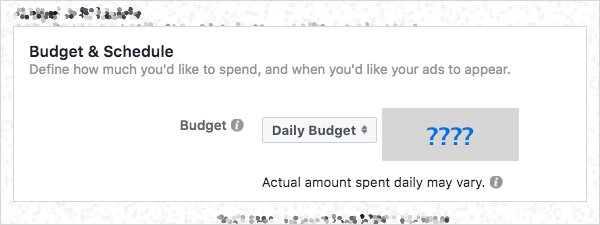
The short answer is we don’t really know. When Wired queried Mosseri about the effect of these updates on advertisers, he stated:
“Ads is a separate system. So in terms of this ranking change, it doesn’t apply.”
So there will be no changes from a ranking perspective. But what about from a price perspective, especially when you consider the effects these updates will likely have on the supply and demand of news feed real estate?
We can make some predictions and model the effects these updates could have on the overall cost of Facebook ads using a basic supply and demand graph. Prior to these changes taking effect, we’re at the first equilibrium point of P1Q1, as shown in the graph below.
To keep things simple, we’ll make three assumptions about the effect of the news feed updates.
First, the way in which Facebook ads are served to users’ news feeds will be unchanged.
Second, people will collectively spend less time on Facebook and its related assets, which means there would be less total supply of advertising real estate on Facebook. This would cause the S1 supply line to decrease and move left to S2, causing the price of Facebook ads to increase.
The third assumption is that more pages will boost their page posts or invest in ads to combat the collective loss in organic reach, which would mean a larger total demand for Facebook ads. This would cause the D1 demand line to increase and move right to D2, which would also increase the price of Facebook ads.
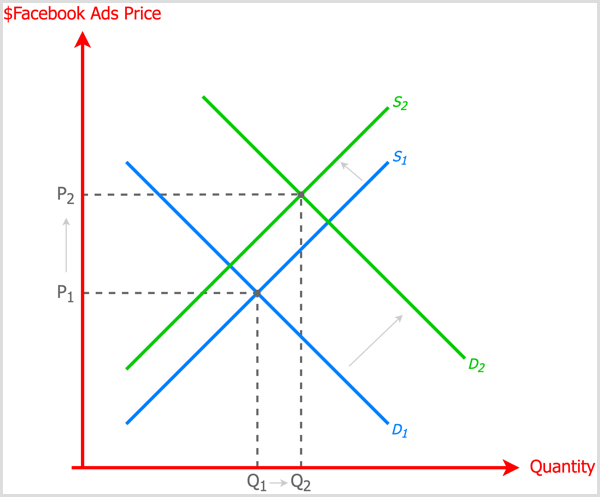
The new equilibrium point would be P2Q2, where the overall price of Facebook ads has increased as a result of decreased supply and increased demand, other factors being held constant.
Now let’s look at Facebook’s statement that the time people spend on the news feed will be of a higher quality after these updates are made. What effect might this have on the price of Facebook ads?
That’s hard to say. You could make the argument that higher-quality engagement from users in the news feed could promote deeper levels of attention to relevant news feed ads, which could lead to certain types of Facebook ads becoming cheaper.
However, this would largely be a proxy for changes to how users consume the news feed and the overarching ad delivery goal selected (e.g., impressions vs. clicks vs. conversions).
How Can Marketers Prepare for Future News Feed Changes?
Stelzner explains in Boss Magazine:
“As long as there are two billion people using Facebook, there will be value for businesses. They just have to figure out how they fit in.”
At this stage, it’s too early to say how these updates will affect businesses and their content on Facebook. However, Stelzner shared these tips to help businesses prepare for future changes:
Accept That the Rules Can, and Will, Change
“Social platforms can and will change the rules whenever they want,” Stelzner stated. “If you’re not developing deep communities on Facebook, and you’re not prepared for change, this could have a huge, negative financial impact.”
Show Your Community How to See Your Content First
Users can still choose See First in their news feed preferences to make sure they always see posts from their favorite pages. Show your followers how to become “see first” fans of your page’s content.
Educate While Entertaining
“Companies will need to begin doing a lot more story-telling with their videos and content. Think the History or Discovery channel. Think episodic content. People have a big, insatiable appetite for this type of content, and it could drive interaction.”
Invest in Live Video
“There’s so much value in going to your tribe and having a dialogue. Doing a live show once a week could create conversation. Businesses are scared to go live, but Facebook makes it easy.”
Learn How to Advertise on Facebook
“News Feed equals Main Street and businesses must learn how to advertise there.”
Instead of posting everything, businesses will have to be more strategic about the content they post, because posts that promote meaningful connections and interactions among people will be prioritized in the news feed.
Collaborate With Your Peers
You’re not going to have all of the answers yourself. It’s time to go and meet with your colleagues and other experts in your field and marketing.
Social Media Marketing World is Social Media Examiner’s flagship event and is taking place at the end of February. Stelzner knows this change will be the talk of the town. With 5,000 marketers in one place, there are bound to be a plethora of ideas on how to handle this shift.
Diversify
“It’s a time for [businesses] to diversify. If your business doesn’t have an audience on other platforms like LinkedIn, Twitter, Snapchat, or Instagram, now is the time to build.”
Conclusion
With Facebook’s announcement of news feed changes, pages and brands can expect to have less of their content distributed in the news feed. Overall reach, video watch time, and referral traffic for all pages will decrease.
As the changes go into effect, businesses will want to take steps to encourage meaningful interactions on the platform. Publish quality content that will spark conversations among users, engage in Facebook groups, and invest time in live video. Also learn how to advertise on the network and show followers how to ensure they see your page’s content first.
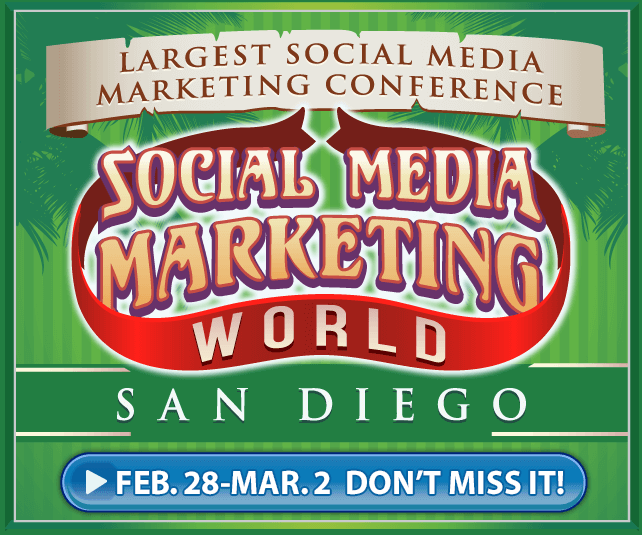
What do you think? How will your business prepare for the news feed updates? Do you plan to make significant changes to your Facebook marketing strategy? Please share your thoughts in the comments below.
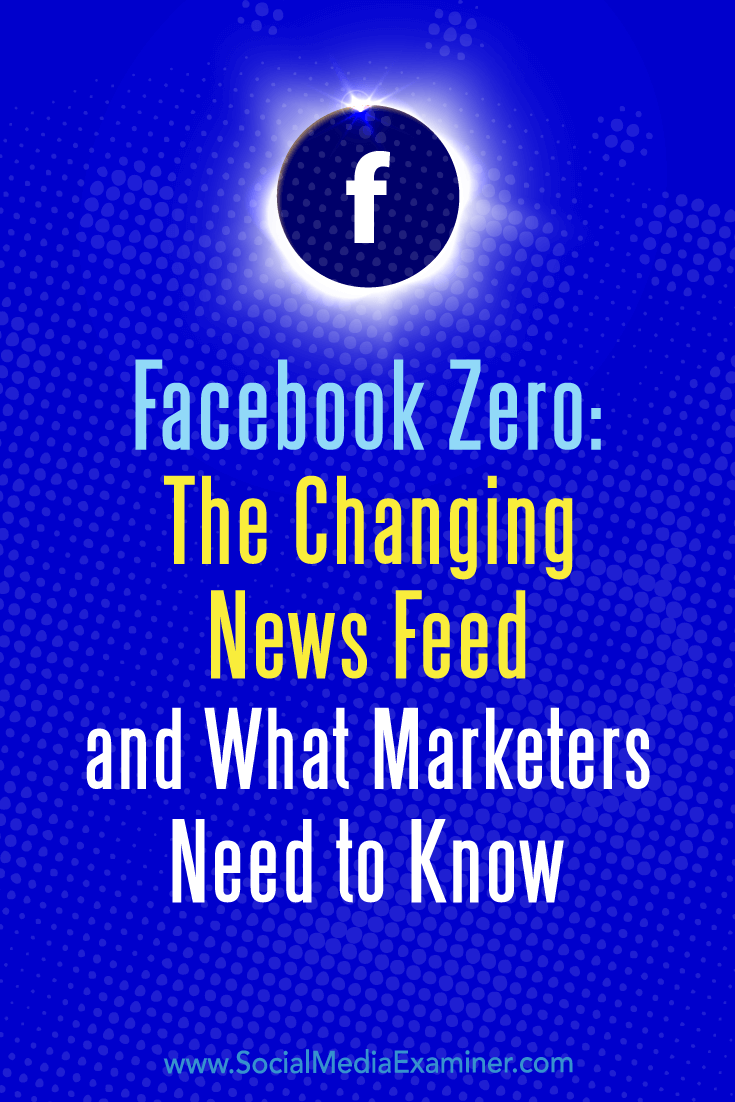
Source link :
Facebook Zero: The Changing News Feed and What Marketers Need to Know : Social Media Examiner







0 comments:
Post a Comment